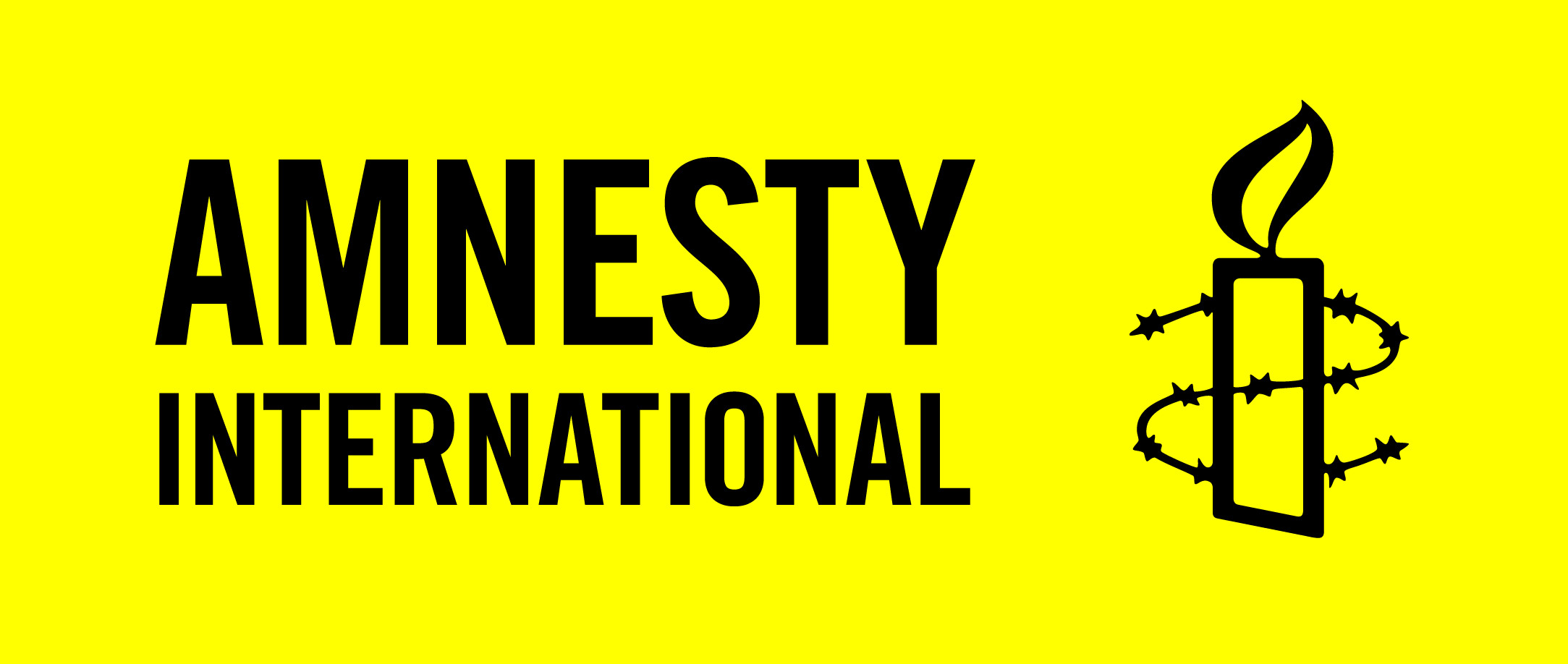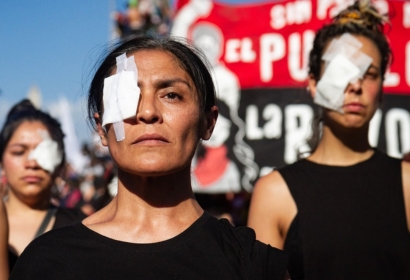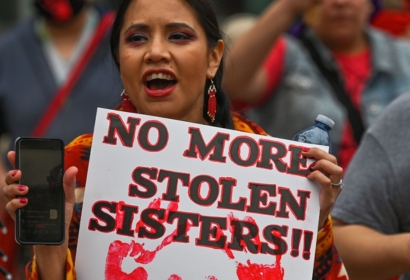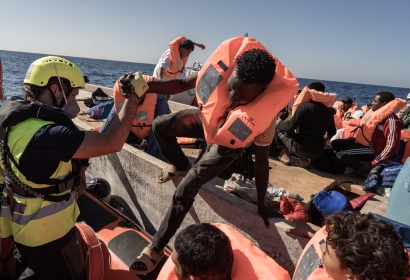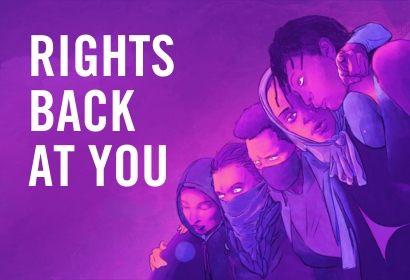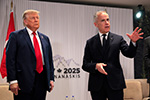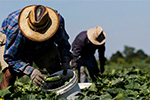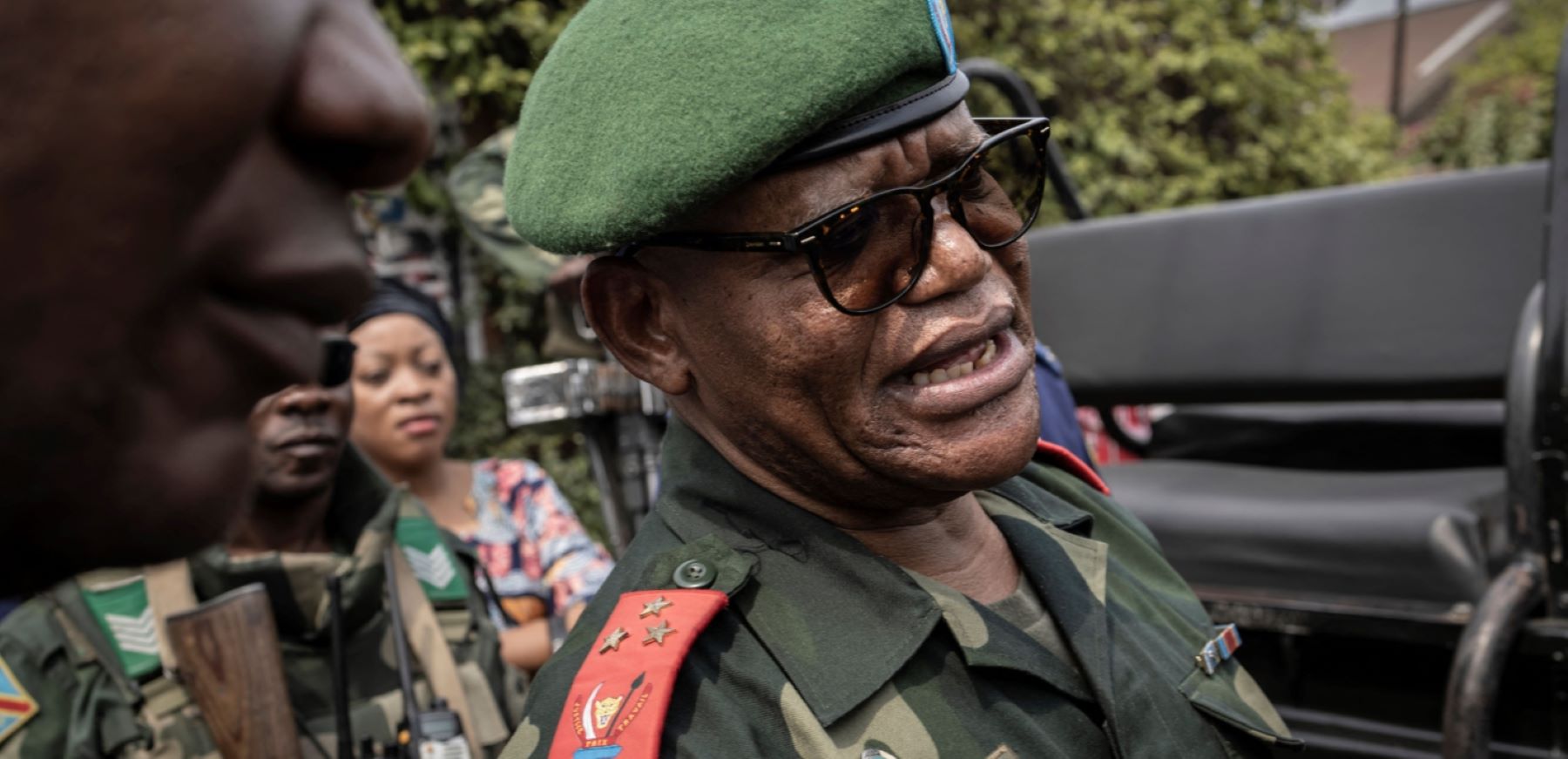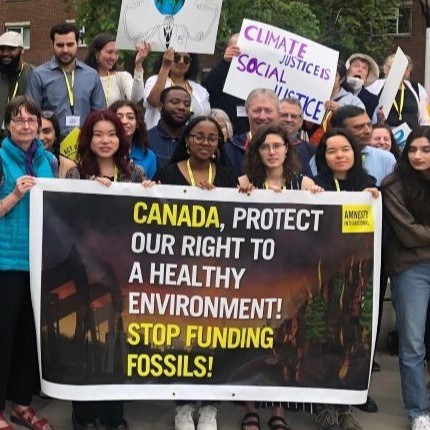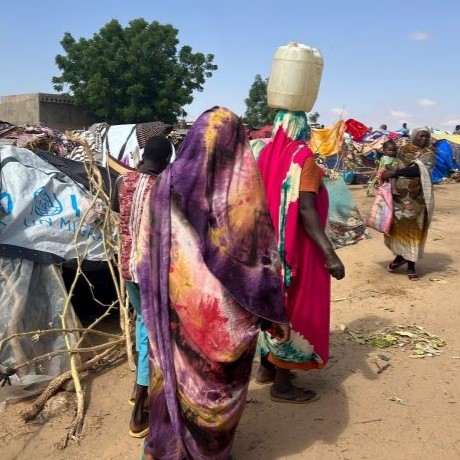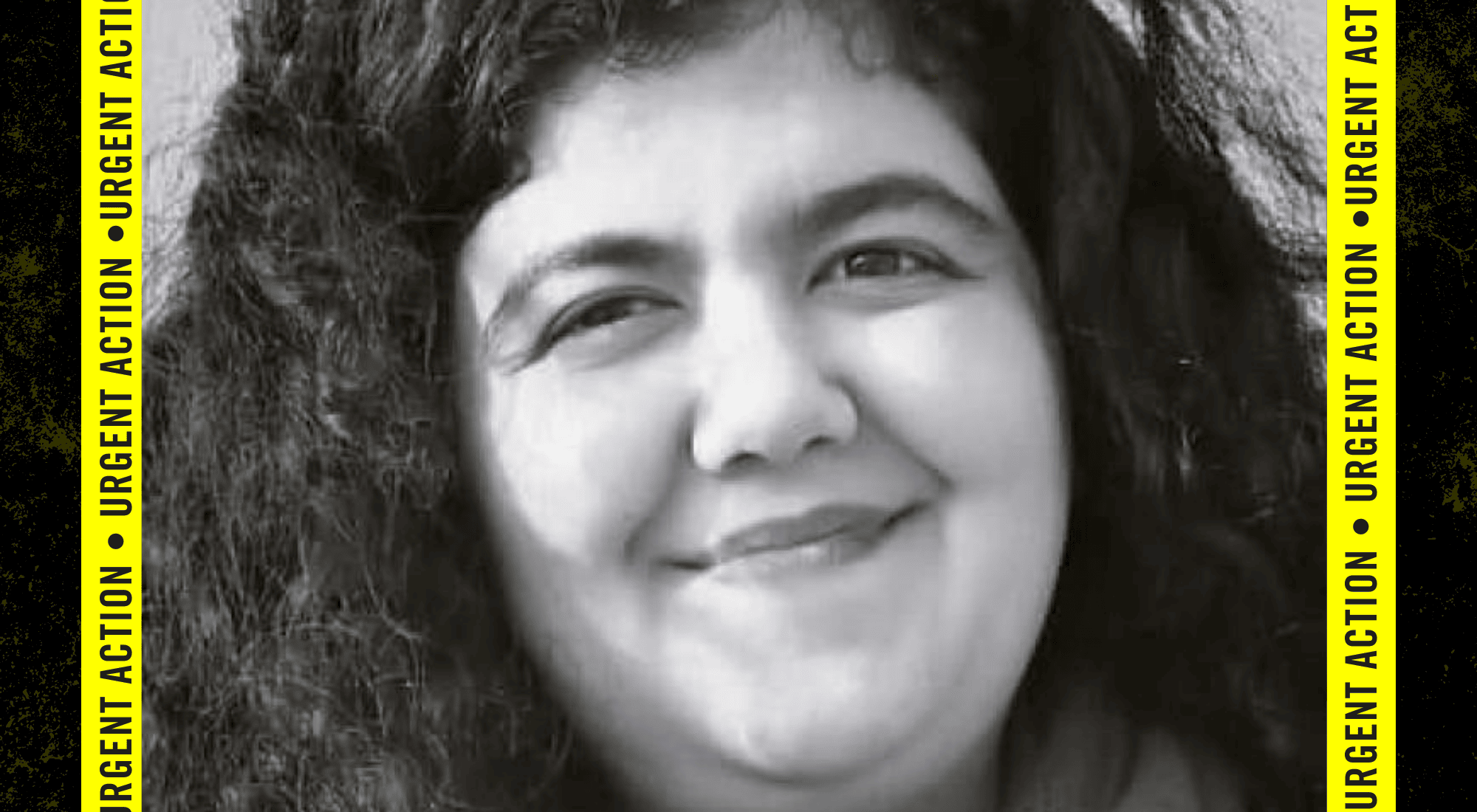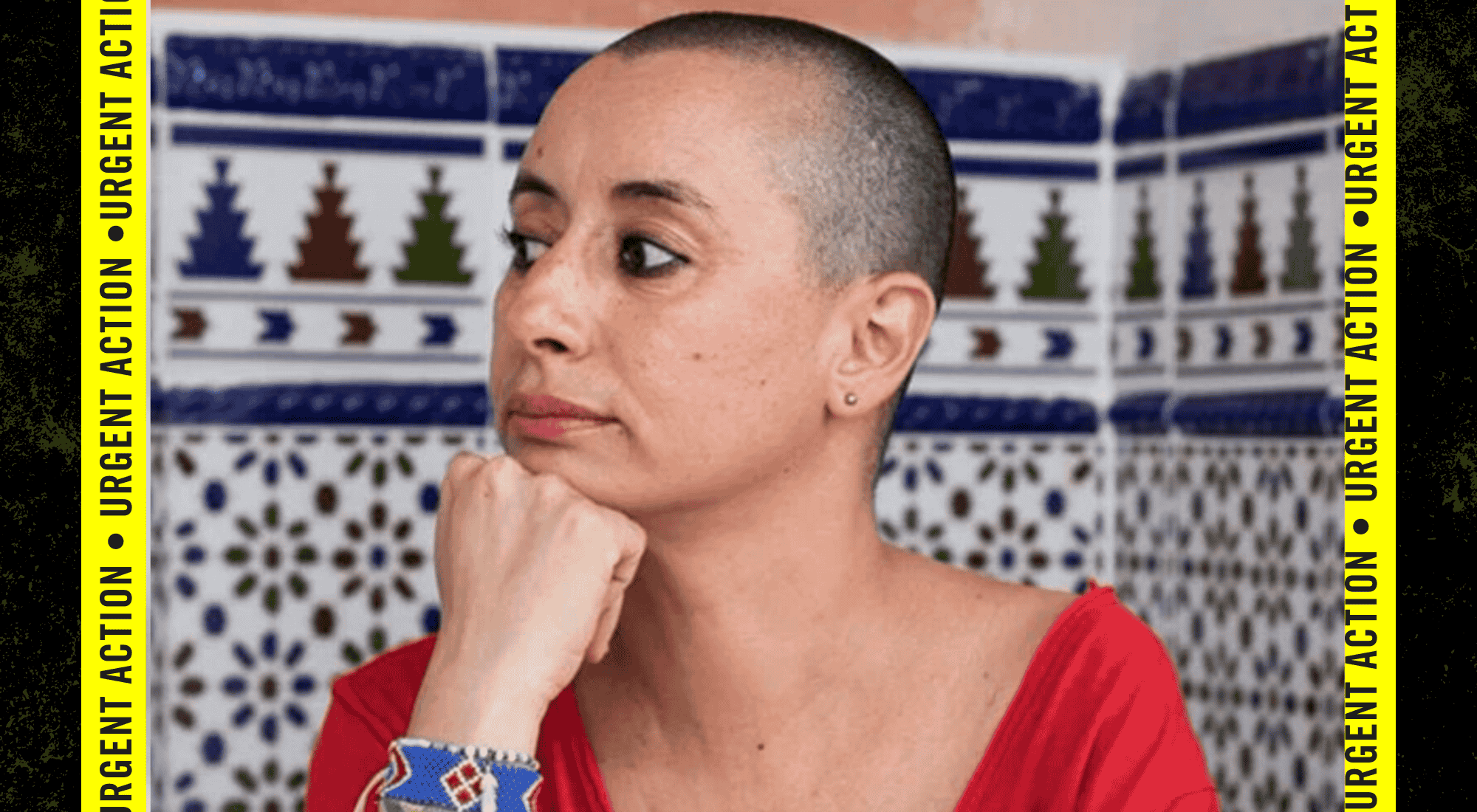The former governor of the Democratic Republic of Congo’s (DRC) North Kivu province and two other senior army officers must be investigated for possible crimes against humanity committed while suppressing a demonstration in Goma city, in which at least 56 people were unlawfully killed and over 80 wounded on 30 August 2023, Amnesty International said in a new report.
The report, Operation “Keba”: Massacre by the Army in the Democratic Republic of Congo’s Goma City, details how security forces went on a killing spree, opening fire on protestors demanding the departure of the UN Stabilization Mission in the DRC (MONUSCO). Most protesters were followers of the religious and political group Natural Messianic Judaic Faith Towards the Nations (FNJMN), which calls its adherents “Wazalendo”.
Amnesty International has reconstructed the locations, timing and sequence of the massacre and identified three army officers who should be individually investigated — and with sufficient evidence, prosecuted — for possible crimes against humanity. These individuals are former North Kivu Military Governor Lieutenant General Constant Ndima Kongba; Colonel Mike Kalamba Mikombe who was the commander of North Kivu Republican Guard Combined Arms Brigade (BIA); and Major Peter Kabwe Ngandu, who was the Republican Guard’s Special Forces Battalion Commander in Goma, serving under Colonel Mikombe.
“This massacre was not the result of a blunder by a few soldiers who intervened unexpectedly after Wazalendo followers stoned a police officer, as authorities have claimed. It was the result of a series of deliberate, planned actions by the Congolese authorities, after MONUSCO explicitly requested they prohibit the protest,” said Tigere Chagutah, Amnesty’s Regional Director for East and Southern Africa.
This massacre was the result of a series of deliberate, planned actions by the Congolese authorities, after MONUSCO explicitly requested they prohibit the protest.
Tigere Chagutah, Amnesty International Regional Director for East and Southern Africa
“President Felix Tshisekedi must immediately suspend Lieutenant General Constant Ndima Kongba and Major Peter Kabwe Ngandu from the army pending investigation. Colonel Mike Kalamba Mikombe, who was convicted in connection with the killings, should also be further investigated for his other alleged crimes and, if there is sufficient evidence against him, prosecuted.
“Further, Amnesty International demands the UN Department of Peace Operations swiftly initiates an independent inquiry into MONUSCO’s role, including by its leadership — and publicize their findings.”
Operation ‘Keba’
Amnesty International conducted research between September 2023 and October 2024. The organization examined crime sites, interviewed over 70 people including survivors, eyewitnesses and suspected perpetrators, and analysed court records and confidential official documents. Amnesty’s Evidence Lab also verified dozens of videos and photos of the massacre, plus satellite imagery, to corroborate findings.
On 19 August 2023, Wazalendo leader Efraimu Bisimwa wrote to Goma’s Mayor to formally notify about a planned protest as required by Congolese law. The protest, he stated, was to demand departure of MONUSCO and other foreign forces.
On 21 August, MONUSCO’s Goma Office wrote to Military Governor Ndima, expressing concerns about the planned protests and urging the authorities to prohibit it outright “given its hateful and violent nature”. Amnesty International reviewed most FNJMN statements and messages in the lead-up to 30 August 2023 but found no evidence of incitement to violence.
Four days after MONUSCO’s request, Ndima informed the army and police that the Wazalendo posed a serious threat to Goma and directed them to “take all measures” to protect MONUSCO facilities and the city.
Police and army commanders in North Kivu then developed operational plans, obtained by Amnesty, with specific instructions for Colonel Mikombe’s BIA to “destroy isolated enemy elements” on 30 August. These troops would be at the heart of perpetrating the massacre.
The killing spree in Goma
The violence began around 3 a.m. on 30 August 2023, the day of the planned protest. A commando unit, apparently led by Goma Special Forces Commander Major Kabwe, raided an FNJMN radio station in a residential area northwest of Goma. The soldiers tied up 12 people including Wazalendo leader Bisimwa, took them outside and opened fire, killing six, including 44-year-old journalist Tabita Fabiola, and injuring at least 10.
Meanwhile, according to eyewitnesses, two blocks away a police patrol shot at other Wazalendo followers heading to the radio station, killing at least one and injuring others. Some of the Wazalendo captured a police officer and took him to their temple about two kilometres away.
Around 6 a.m., police shot at a group of Wazalendo followers leaving the temple, killing one of Wazalendo leader Bisimwa’s sons, Uwezo Milele. After this incident, a group of Wazalendo followers stoned the captured police officer. Soon, hundreds of Wazalendo followers gathered outside the temple to protest.
At 7am, heavily armed Congolese soldiers, mainly from the Republican Guard’s Special Forces, deployed massively around the temple. The protesters carried no weapons, as established by Amnesty research and two Congolese military trials.
For thirty minutes, two military officers tried to persuade the Wazalendo not to march. Suddenly, BIA Colonel Mikombe intervened and cut short the talks. According to five witnesses, including the two military officers, Mikombe ordered soldiers to open fire.
Dozens died in the ensuing massacre. Images verified by Amnesty show bursts of what is likely gunfire toward the crowd and soldiers collecting, dragging and loading bodies onto army trucks. Witnesses described soldiers cleaning puddles of blood and body parts and arresting Wazalendo followers and others for hours after the shooting stopped. Before leaving, the soldiers looted and burned the temple.
One victim told Amnesty: “I’m a war survivor… But I’ve never seen anything like this. I don’t think I’ll ever recover from what my eyes saw that day.”
Authorities said 56 people were killed, but a confidential UN report seen by Amnesty put the number at 102, “including 90 men, 8 women and 4 boys, and 80 more injured”. Amnesty has received consistent reports of at least 10 more missing.
Authorities piled the bodies in Goma’s military hospital, some in open air, and prevented families from identifying or burying them for three weeks until the corpses were badly decomposed.
I’m a war survivor… But I’ve never seen anything like this. I don’t think I’ll ever recover from what my eyes saw that day.
Massacre victim
No ballistics investigations, DNA collection or autopsies took place as part of investigations promised by the authorities, including on 27 officially unidentified bodies.
In the wake of the massacre, the head of MONUSCO appeared to justify the response of the authorities to the protest, by claiming that security forces “in accordance with their primary responsibility for security in the country…attempted to prevent the demonstration that was going to be violent”. Military Governor Ndima publicly took credit for the operation and sent congratulatory messages to the defence and security forces.
Flawed justice
Two separate military trials took place in Goma between 1 September and 10 October 2023 but neither delivered effective accountability and justice to prevent future massacres. Appeals in both trials are underway.
The first proceeding tried 116 Wazalendo followers and others for insurrection and the murder of the police officer. The trial fell far short of fair standards. The collective prosecution of over 100 people for one murder appeared to be an attempt to hold FNJMN adherents responsible for the 30 August 2023 violence rather than to genuinely investigate and prosecute the killing of the police officer.
The second proceeding tried six Republican Guards, including two high-ranking officers, for murdering and wounding Wazalendo followers. However, the investigation was rushed and incomplete. It did not establish the full scope of the crimes committed on 30 August and only included 109 victims, though the official number of dead and wounded is much higher.
The DRC authorities must reopen the investigations into this massacre, in line with regional and international standards, to establish the truth and hold all of those involved accountable.
Tigere Chagutah, Amnesty International Regional Director for East and Southern Africa
The court found Colonel Mikombe ordered Republican Guard troops to shoot and convicted him of murder, attempted murder and destruction of armaments. Colonel Mikombe was dismissed from the armed forces, fined and sentenced to death. Amnesty International opposes the death penalty in all cases.
Three other soldiers received 10-year prison sentences for murder and attempted murder.
Military Governor Ndima and Major Kabwe have not faced justice.
Ndima, who was North Kivu’s top military commander during the massacre, remains a general despite being suspended as governor. Kabwe is now acting Special Forces commander in North Kivu, a higher position than before the massacre.
“This is not the first time the Congolese army has targeted and committed heinous crimes against the civilian population it is supposed to protect. The victims deserve truth and justice, not collective punishment,” said Tigere Chagutah.
“The DRC authorities must reopen the investigations into this massacre, in line with regional and international standards, to establish the truth and hold all of those involved accountable. President Tshisekedi should ban the Republican Guard, including the Special Forces, from law enforcement operations, and specify the exceptional circumstances when armed forces can participate in law-enforcement, in line with international standards.
“The Office of the Prosecutor of the International Criminal Court should consider examining the 30 August 2023 killings in Goma as part of ongoing investigations into the situation in eastern DRC.”
Examining the massacre
Responding to Amnesty’s preliminary findings, Governor Ndima said there is no evidence he ordered the shootings or “for these unfortunate events to take place.” He claimed he immediately ordered investigations and arrests following the massacre but provided no evidence to back his claims. He also did not answer Amnesty’s questions about his official message prompting the military operations, his actions in the lead-up to the massacre, his knowledge of the massacre as it unfolded, or his justifications and congratulatory messages afterwards.
Through his lawyer, Colonel Mikombe said he was at the Wazalendo temple “by pure coincidence” after another colonel stopped him and asked to accompany him. He claimed he ordered the shooting to stop after it began. Amnesty has found no evidence to support these claims.
Major Kabwe did not respond to Amnesty’s preliminary findings, sent in a 26 July letter.
The UN Under-Secretary-General for Peace Operations responded to Amnesty’s findings and questions by saying MONUSCO made its request to the authorities after receiving information indicating the planned protest “posed significant risks to both peacekeepers and residents in Goma.” He said MONSUCO’s request to the Congolese authorities included a call to prevent loss of life and stressed respect for human rights including freedom of expression and peaceful assembly.
Amnesty’s right of reply letters to President Tshisekedi, the Justice Minister and the defence minister, among others, remain unanswered.
Learn more about the Goma Massacre
Further details of Amnesty International’s findings and the accused’s replies are available in the report.
Header image: Lieutenant-General Constant Ndima visits a registration centre on the first day of the launch of activities in Goma in the east of the Democratic Republic of Congo on February 16, 2023. Photo by GUERCHOM NDEBO/AFP via Getty Images.
